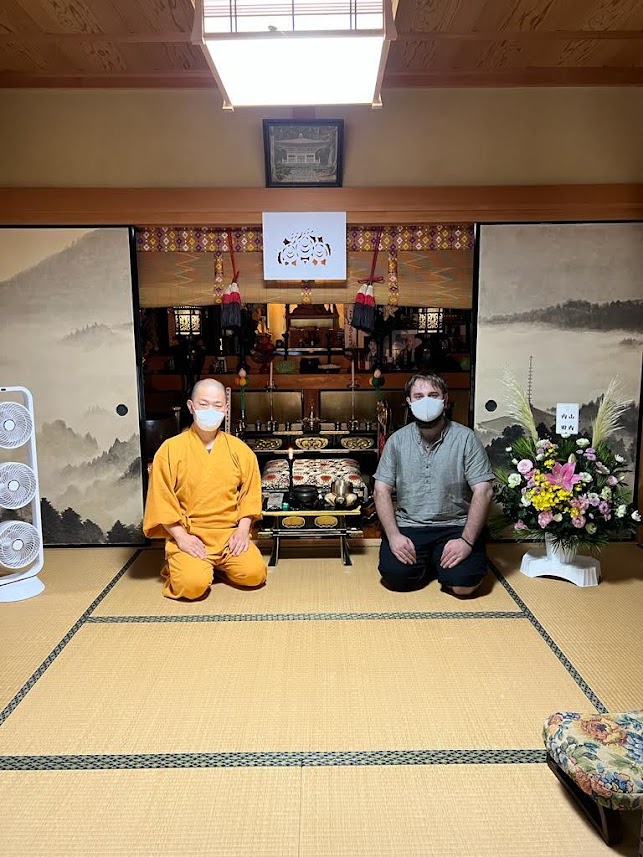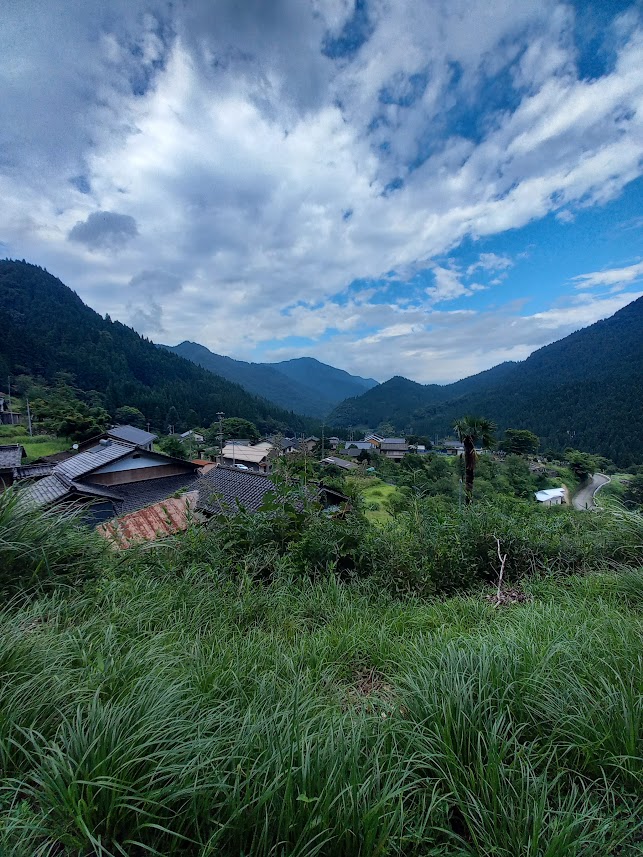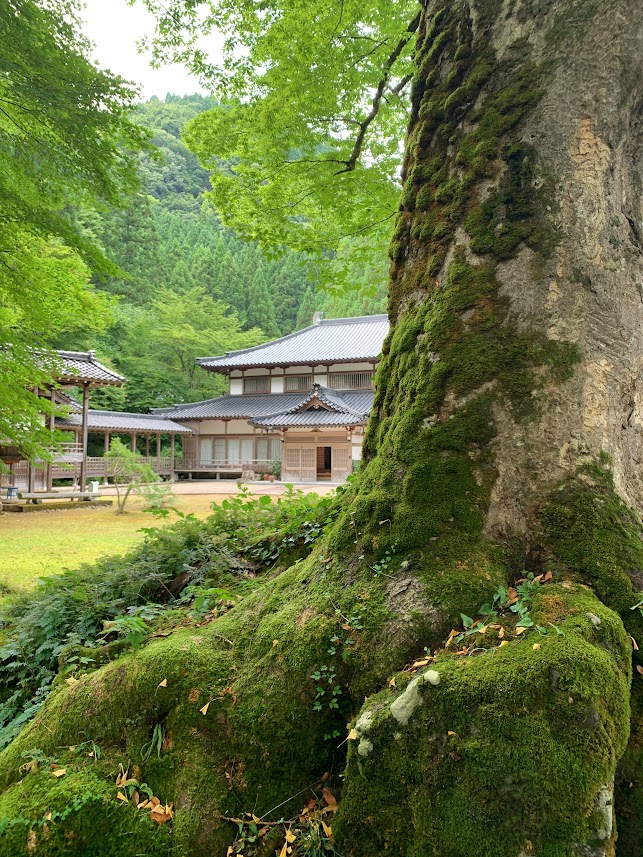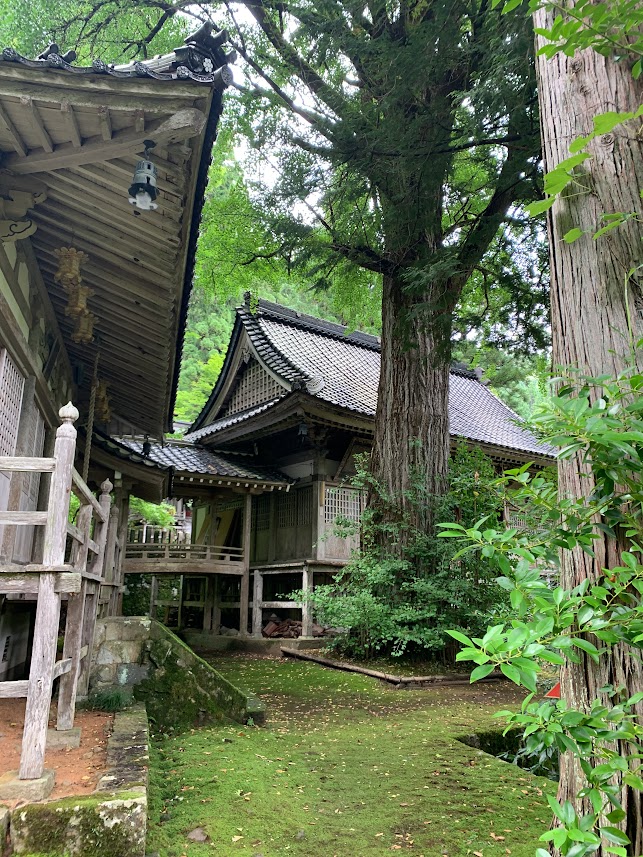by Josko Kozic
Hello to all from the hot and humid Yabu Valley, located in Hyogo Prefecture. Almost a year has passed since my last post in this beautiful blog, and this time I am happy to share with you my latest report of an outreach in the field.
As a doctoral student in religious studies, I am researching contemporary mountain worship and ascetic training (called shugendō) with a focus on rural areas off the beaten path. This time I would like to introduce you to a very unusual priest I met while visiting Hyogo Prefecture, a priest who lives and serves for both spiritual concerns and everyday life.

Copyright@Josko Kozic 2022
I don’t usually discuss or even mention the pandemic in my research, as my topic is different, but more and more I realized how much of an impact this topic had on both my research conditions and the content itself. Unfortunately, as the number of infections in Japan continues to rise, many important events and gatherings at temples and sacred sites are being cancelled one after another. So being in Japan does not necessarily mean automatically being “on the ground” and able to conduct participant observations, as one might think.
In these hesitant times, however, I came across a beautiful Buddhist temple on the sacred Mt. Myōken in the small, lush green town of Yabu. After enjoying the quiet and solemn atmosphere of the place, a relatively young priest came by to greet me warmly and show me the temple’s main shrines, including rare Buddhist statues. It was Dr. Morita Ryushin[1], who serves both as the temple’s head priest and as the director of the local Nikko clinic in the town of Yabu, from where he provides community-level medical care. After I introduced myself to Dr. (or priest) Morita and had a good conversation for the first time, we knew we wanted to meet again. However, it took another year before we finally met again during the current season of O-bon, the prayerful and devotional festival of the dead. During this time, many people return to their (often rural) hometowns to spend time with their families.

Copyright@Josko Kozic 2022
Dr. Morita cares daily for patients struggling with corona infections and other illnesses, and says that even during the O-bon festival, he is now unable to receive his community members and even his own family. His gentle way of caring for his hometown and its residents, both as a doctor and as a Buddhist priest, makes him special to me in many ways. That’s why I appreciate his kind invitation from the day before even more. During our conversation, he also told me how much the succession of a Buddhist temple is declining in the countryside, and that temples in his childhood were usually seen as the center of a local community.
The study of Japanese religions can be so diverse, both in terms of topics and approaches. Many international scholars have recently been conducting research on current and important topics such as the looting of ancient Buddhist statues in rural temples and the handling (or recycling) of valuable shrines in rural temples. The importance and diversity of religious institutions, actors, and activities as vehicles of local community can be explored from many different angles, making it a fascinating research topic.


Copyright@Josko Kozic 2022
Josko Kozic (MA) moved to Japan five years ago after graduating in Japanese & Southeast Asian Studies at Goethe University in his hometown Frankfurt. He currently resides in Yokohama while working on his PhD thesis about contemporary Shugendo (a Japanese religious tradition). He is affiliated with the faculty of Religious studies at Heidelberg University.
[1]
There is a short documentary in Japanese, introducing Dr. Morita: https://www.youtube.com/watch?v=2lODJjgajRU
